Great Things To Do Around Iwakuni, Japan
While slightly off the beaten path, we found that Iwakuni can actually be a great destination for a trip to Japan.
For anyone visiting family at the Iwakuni Marine Corps Base, there are plenty of things to do in and around Iwakuni to fill up a week’s vacation.
We spent several weeks in Iwakuni, visiting Jedd’s parents while they lived on base. In this post, we share some of the things we did around Iwakuni with tips and recommendations for travelers to the area.
Note: Any prices listed in this post are just estimates based on the US dollar equivalent at the time this was first published (2015). We have since updated other info as of 2023.
Things to Do in Iwakuni Japan
Kintaikyo Bridge and Neighborhood
 Perhaps the number one attraction in Iwakuni itself is the Kintaikyo Bridge.
Perhaps the number one attraction in Iwakuni itself is the Kintaikyo Bridge.
Its unique architectural composition and beautiful setting make it a must see for any visitor. There is a small toll to walk across the bridge (about $1.30 each way).
We learned that the Kintai bridge was creatively designed in 1673 to withstand high currents. However, maintenance of the structure became difficult during World War II and the bridge was tragically washed away by a typhoon in 1950.
Nevertheless, it was determined that the original design “left nothing to be desired” and so it was rebuilt according to the same blueprint in 1953. The wood of the bridge was replaced in 2004, giving it a newly-built appearance with an old-world style.
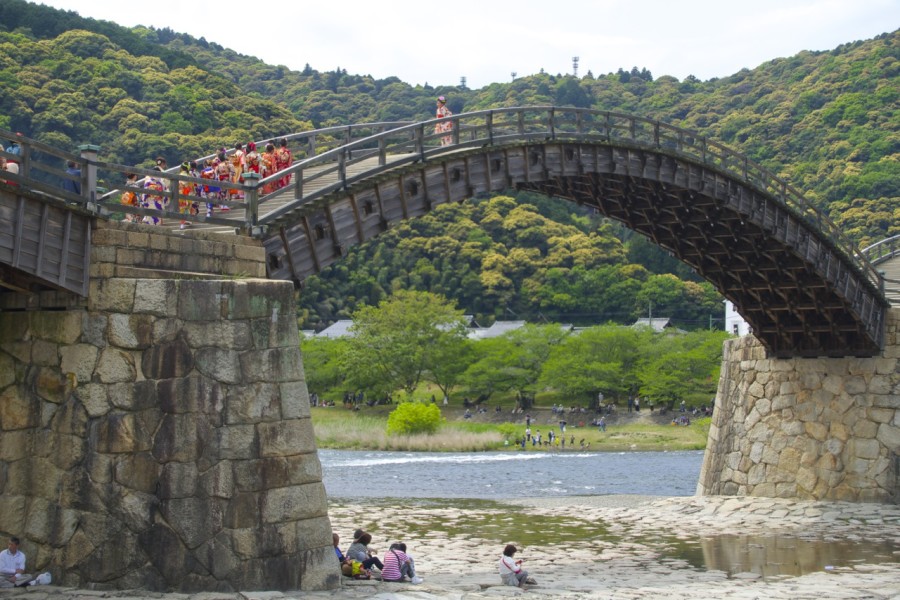
We were fortunate enough to be in Iwakuni during the Kintai Bridge Festival on April 29, which takes place during a week of Japanese holidays.
We watched a traditional procession over the bridge and enjoyed the cultural festivities in the surrounding parks.
The area next to the bridge is a beautiful place to explore. In less than an hour, you can stroll through:
– Iris and peony gardens
– Monuments, graveyard, and shrines
– Kikko Park
– Momijidani Maple Park
– Shops
There are also three museums and two former residences if you want to delve deeper.
Kintaikyo Overlook and Castle Hike

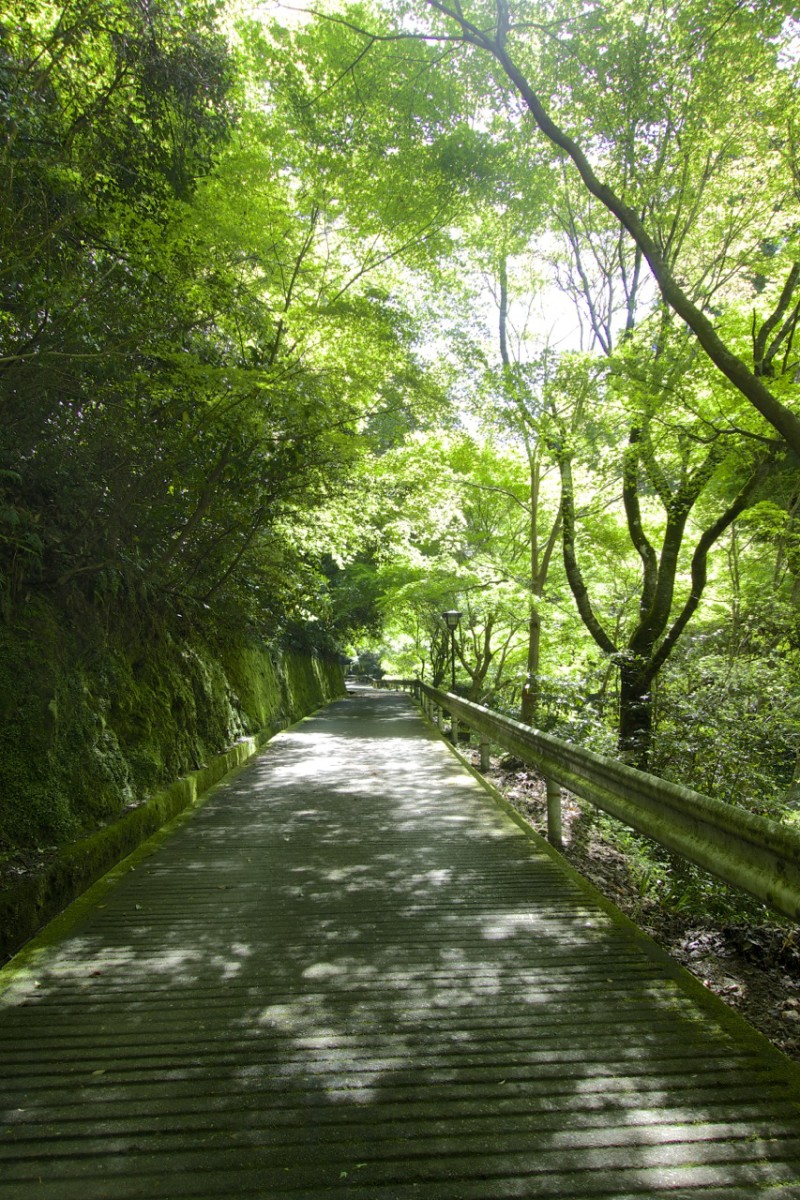
There is a fantastic overlook of Iwakuni behind the Kintai area. It can be reached by ropeway – this large gondola will take you up in just a few quick minutes (about $5 round-trip) – or by walking.
The path up the hill can be found by following the road past the graveyard and Literary Monument of Ohan. It’s a well-shaded, paved road and though 100% uphill, it is a relatively easy hike.
The overlook at the top of the ropeway is slightly over a mile’s walk and the Iwakuni castle is not much further in the same direction.
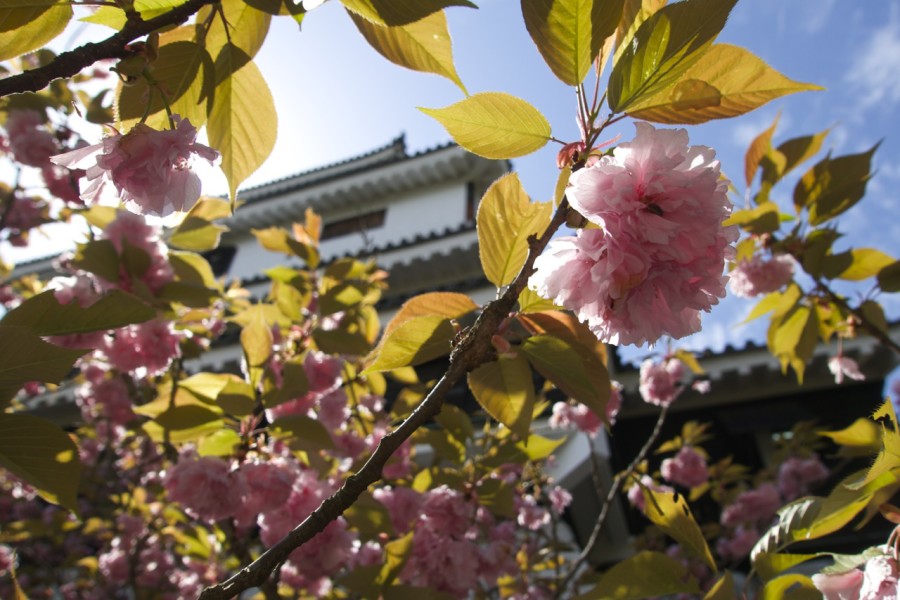
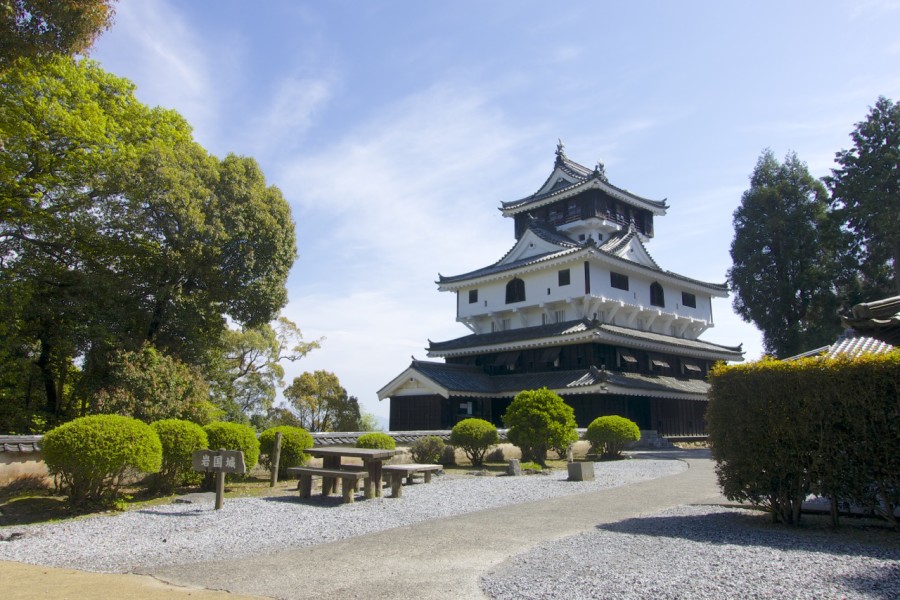
We walked around the castle grounds but opted not to go in this time, even though admission is only about $2.20.
We were surprised to find that the castle is actually a replica. The original 17th century building was destroyed according to an ordinance called the Tokugawa law that apparently called for the destruction of one castle from each province.
Sample Local Flavors in Iwakuni
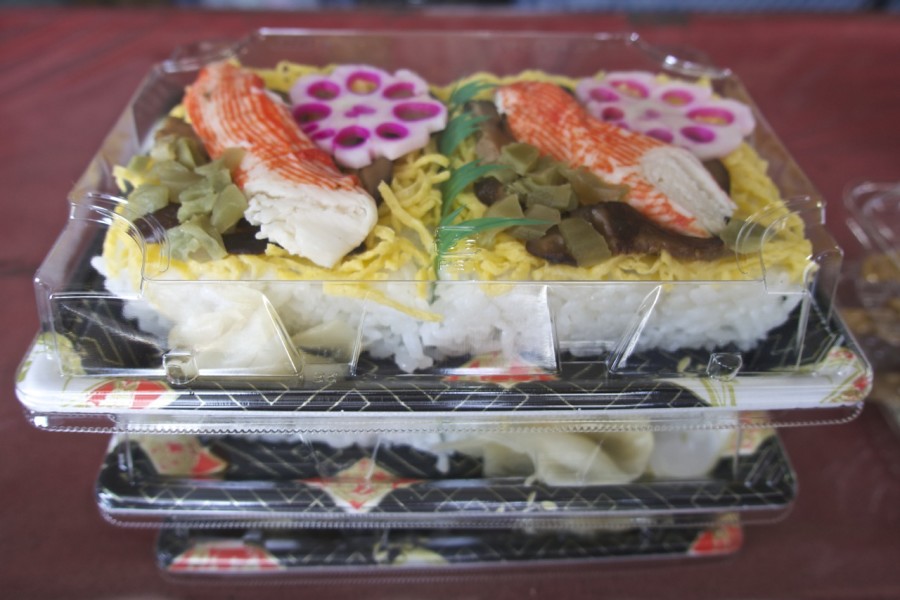
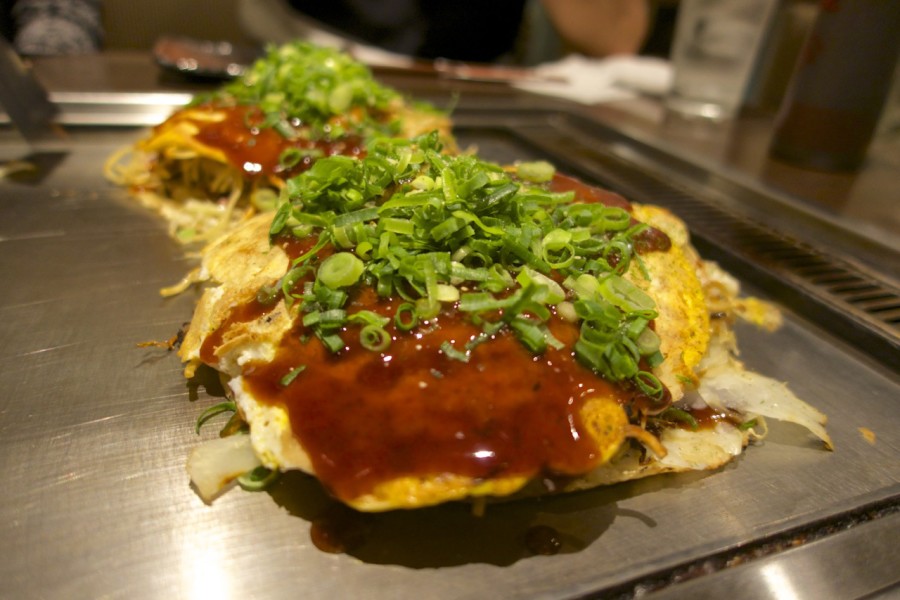
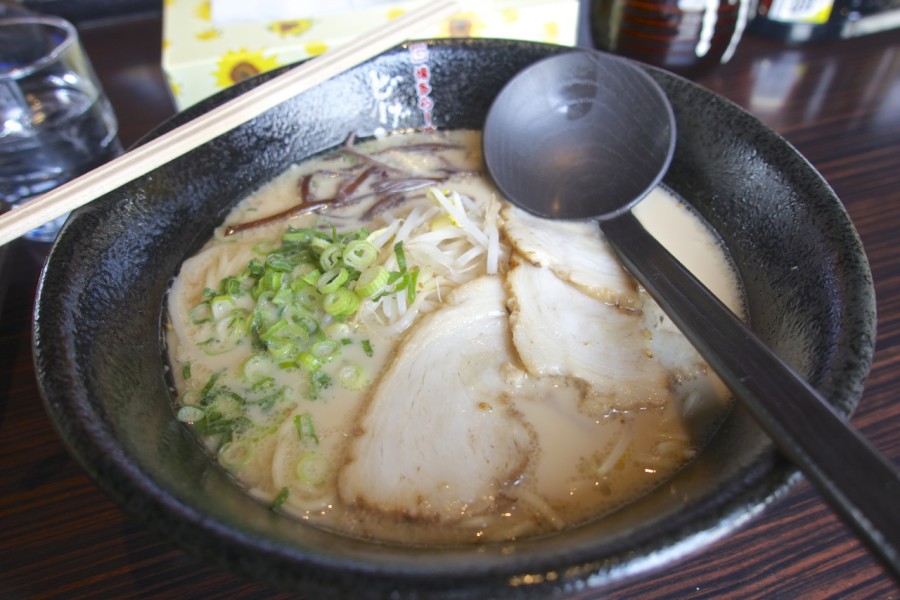
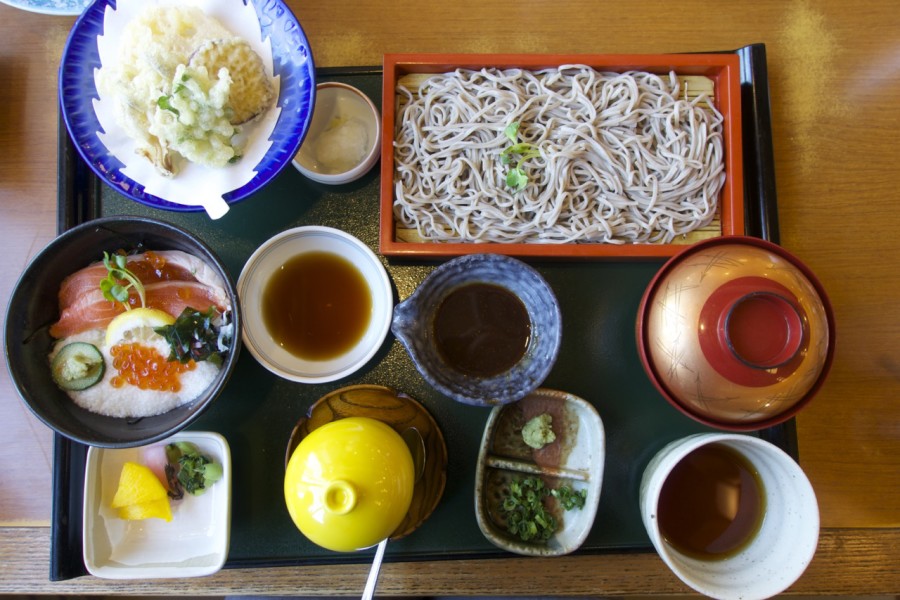
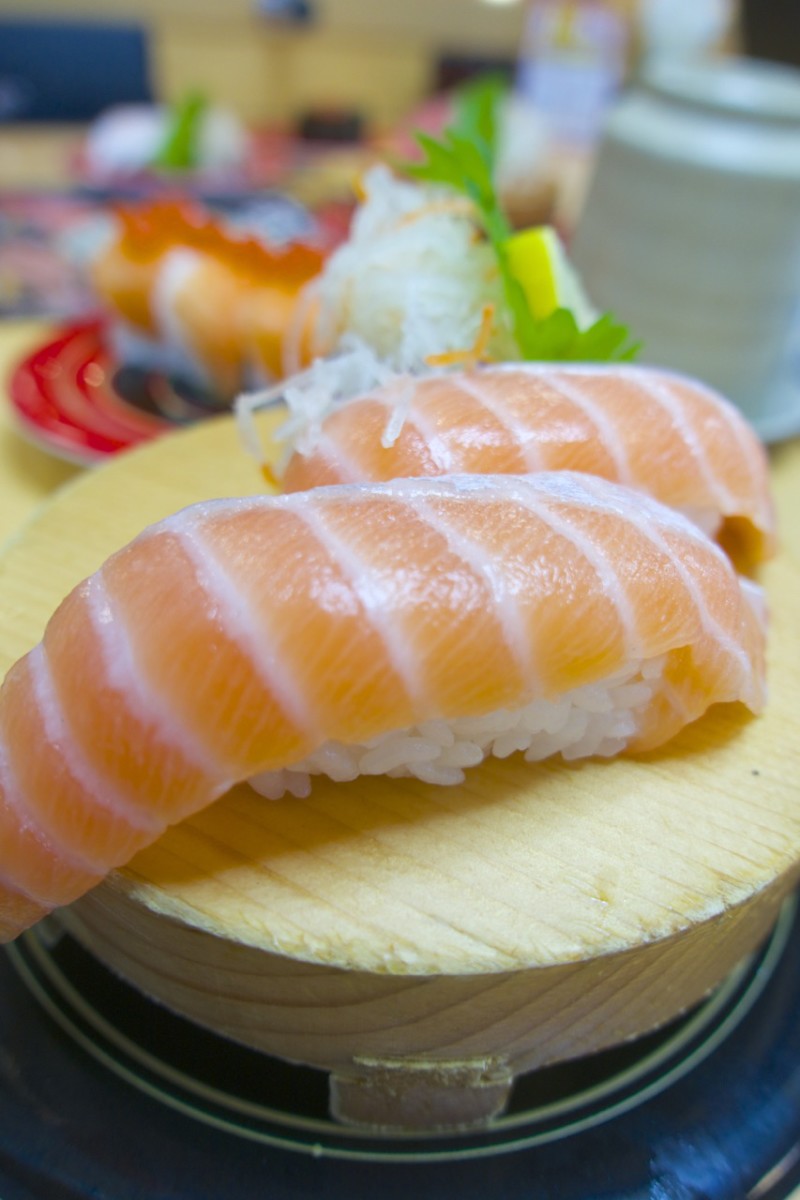
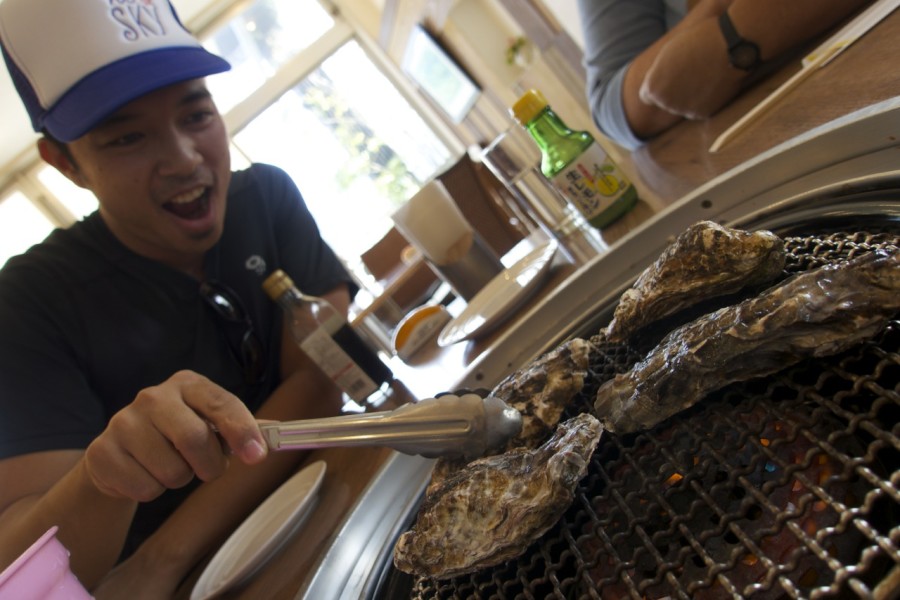
The local specialty in Iwakuni, called Iwakuni-zushi, is a form of sushi prepared like a layered cake and then cut up into individual pieces. They’re also known for lotus root.
The traditional dish of the Hiroshima region is okonomiyaki. A typical Hiroshima okonomiyaki might include batter, cabbage, pork, noodles, fried egg and savory okonomiyaki sauce.
These ingredients are layered on top of each other and grilled like a pancake. Since Iwakuni and Hiroshima are close to the sea, oysters are another specialty of the area.
During our first time in Japan, we made sure to try a number of Japanese restaurants in the area, including sushi-go-rounds, izakaya, and ramen shops.
It’s a bit difficult to map these restaurants with their English names, but here are a few:
- Uhee Kawashimo – Japanese izakaya (small plates and bar)
- Umaka Ramen – ramen noodles
- Seajack Minimai Sushi
Miyajima Day-Trip from Iwakuni
 This well-known shrine in the bay of Miyajima island is less than 40 minutes from Iwakuni by car or JR train.
This well-known shrine in the bay of Miyajima island is less than 40 minutes from Iwakuni by car or JR train.
We found parking for $10 next to the ferry station when we arrived in the morning (by mid-day it was packed).
Crossing to the island by ferry provided a great view of the water-bound Torii monument. From there, we explored the area by foot.
The first thing we noticed was all of the deer and how tame they were! (Note: you’re not supposed to feed them because they learn to seek food from people. We saw one practically jump on top of a little boy to get his lunch.)
We paid to enter the Itsukushima shrine, which is a designated National Treasure, and got to witness a tradition Japanese wedding ceremony.
If I did it again, though, I would probably just explore the Daisho-in temple grounds which are also very extensive and free to enter.
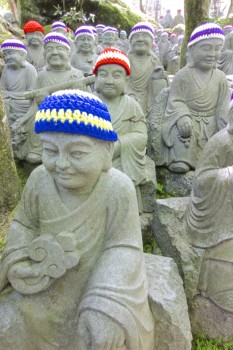
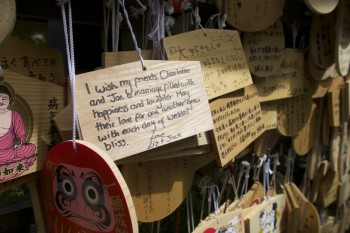
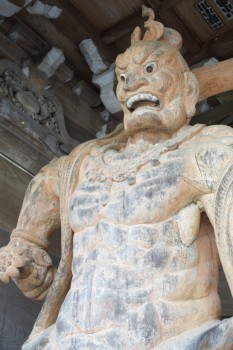

After seeing the Daishoin temple(s), we continued up Mt. Misen on the Daishoin trail, a two-mile uphill journey, one stone step after the other.
Of the three routes up to the top, we had read that this was the most moderate and scenic. It was challenging but rewarding.

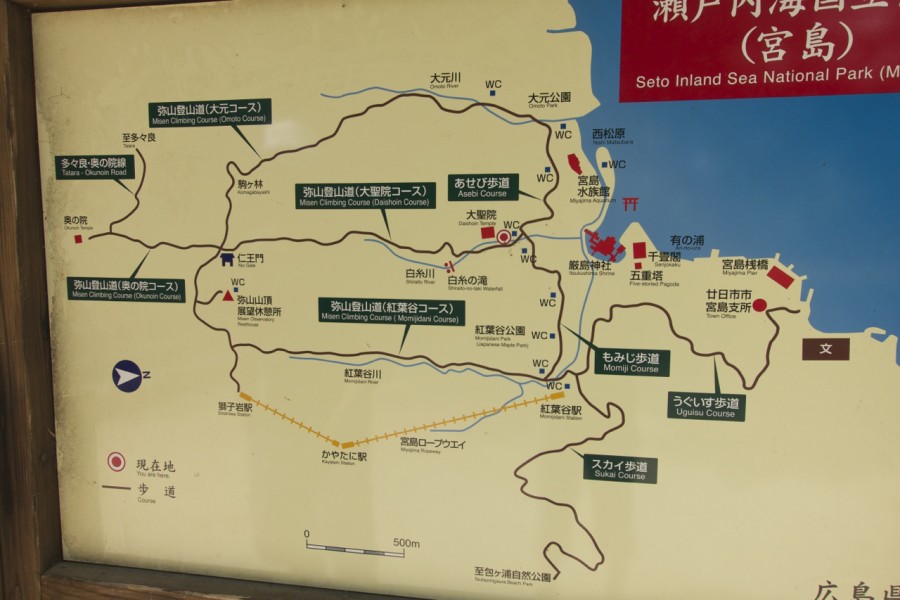
There are various paths to other temples and monuments at the top of Mt. Misen.
We enjoyed the summit observatory and then gave our legs a rest by taking the ropeway back down (about $8.50 one way).
We were surprised to find that there are actually two different ropeway systems so you have to get off one, go down some stairs, and board the other one.
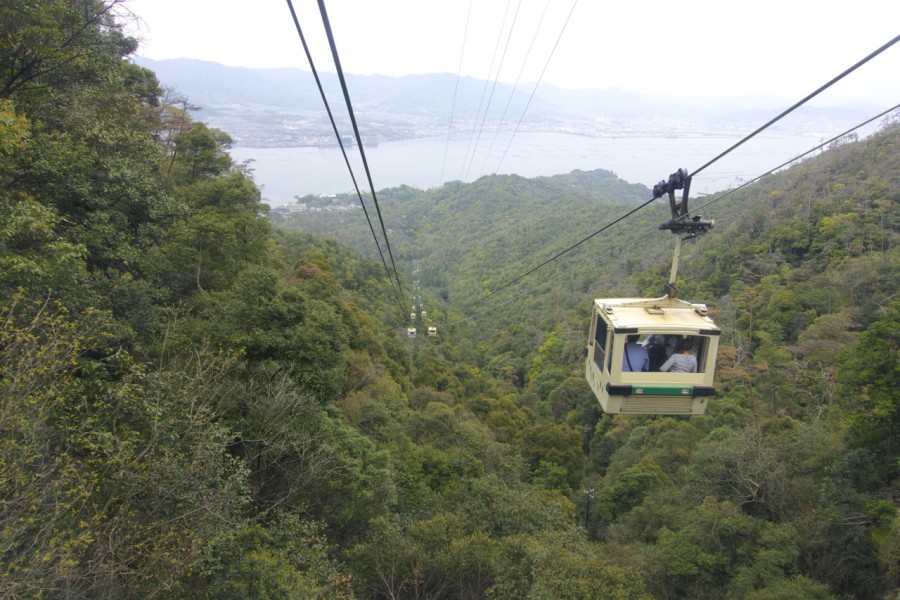

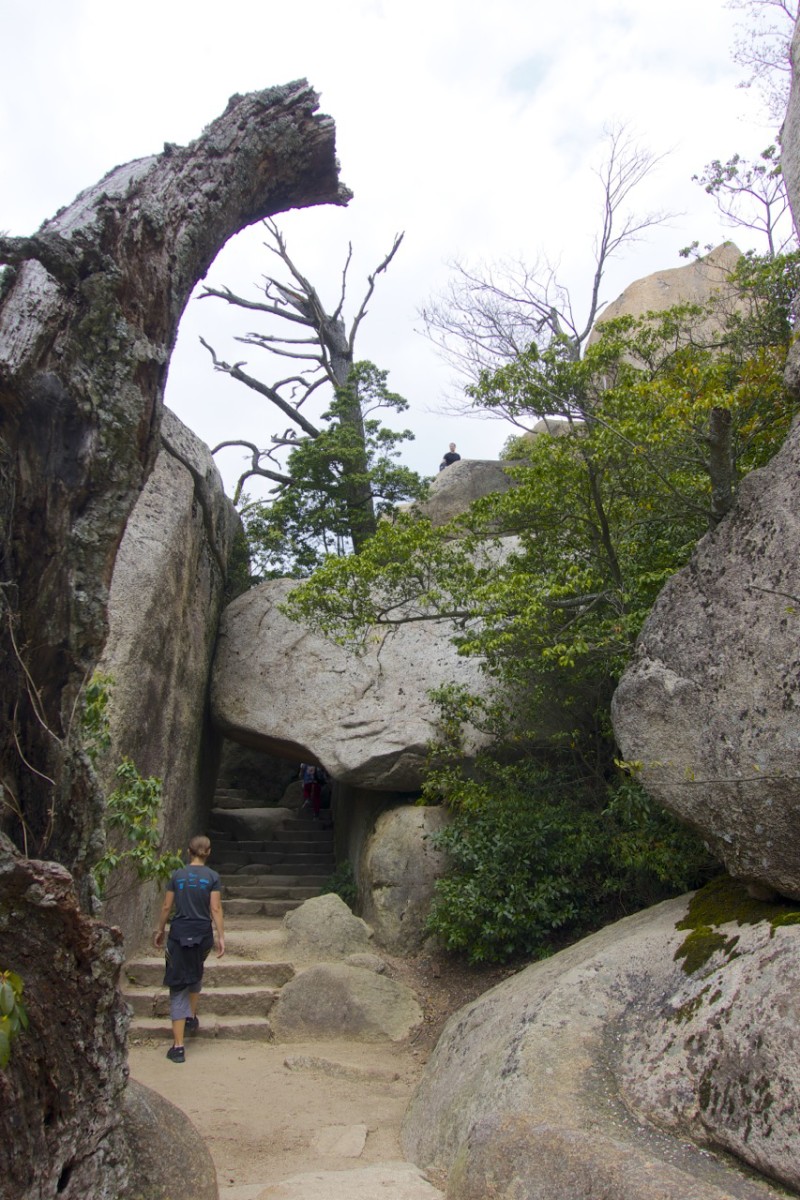
By the time we came back down from our hike, the tide had gone out and the area around the Torii gate was completely transformed.
It was fun to walk out where just a few hours before it had been covered in water.

Visit Hiroshima from Iwakuni
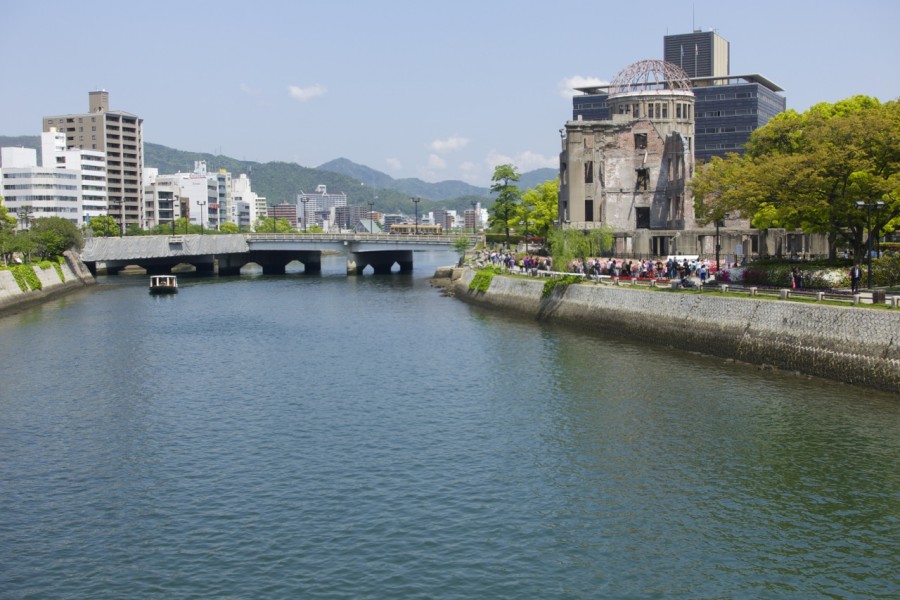 Hiroshima is tragically known for being the first city in history to be devastated by an atomic bomb. A powerful story of beauty from ashes, Hiroshima was rebuilt with a special intention to promote peace through remembrance.
Hiroshima is tragically known for being the first city in history to be devastated by an atomic bomb. A powerful story of beauty from ashes, Hiroshima was rebuilt with a special intention to promote peace through remembrance.
The focal point of the city is the Hiroshima Peace Memorial Park, a hallowed place with many beautiful monuments, memorials, and a powerful museum.
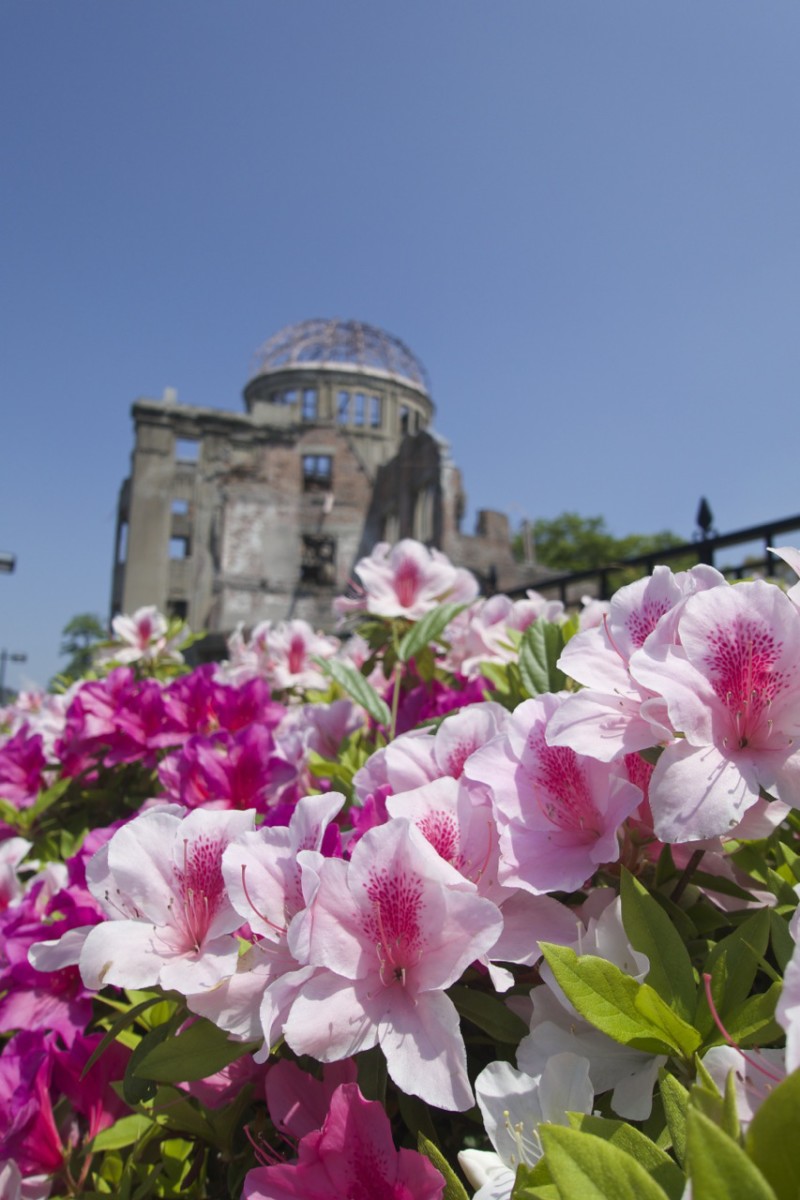

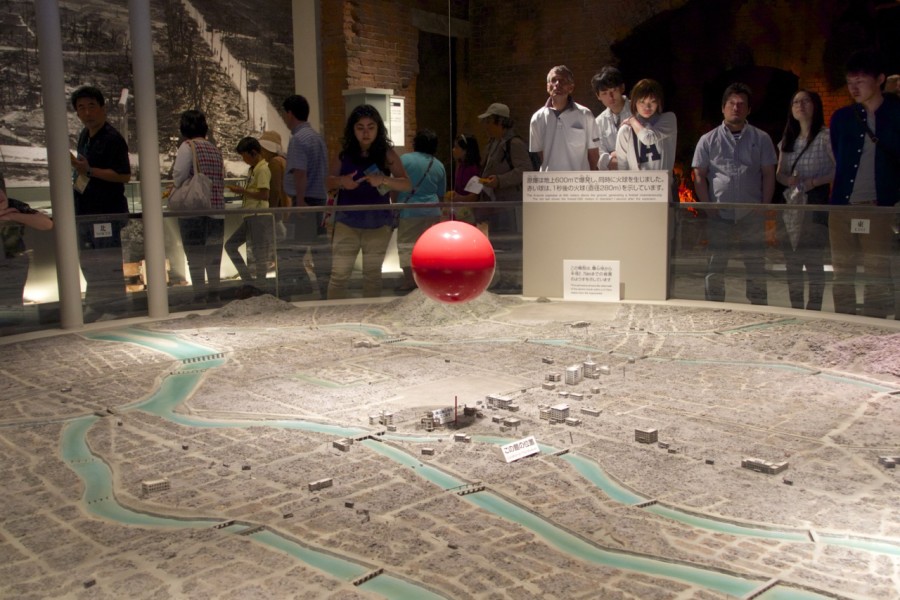
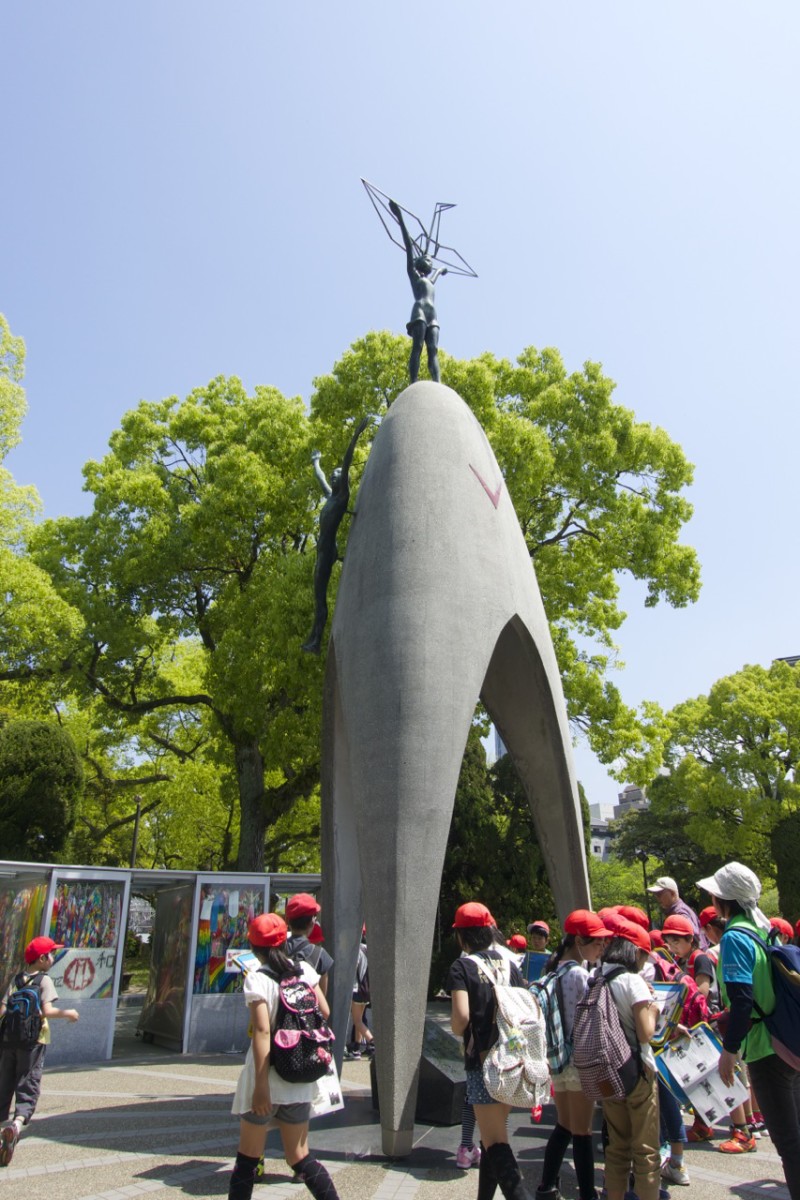
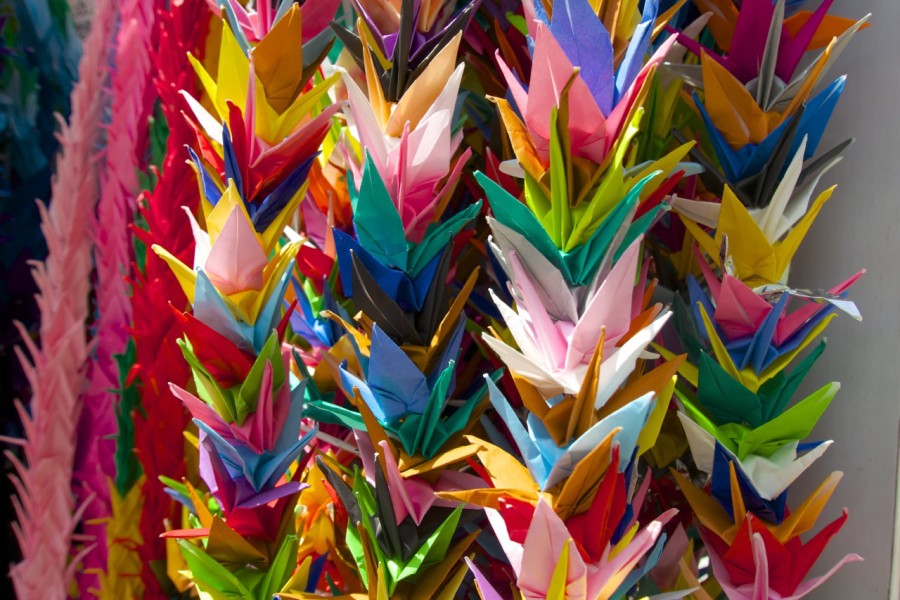
This city is especially radiant in the Spring. We found it more attractive than most of the other urban areas we’ve seen in Japan, easy to get around, and very affordable.
Arriving from Iwakuni on the JR Sanyo train line (about $7 US), we quickly found the red sight-seeing loop bus outside the train station. A one-day pass on the bus is less than $4, and you can hop on and off at all the major attractions. 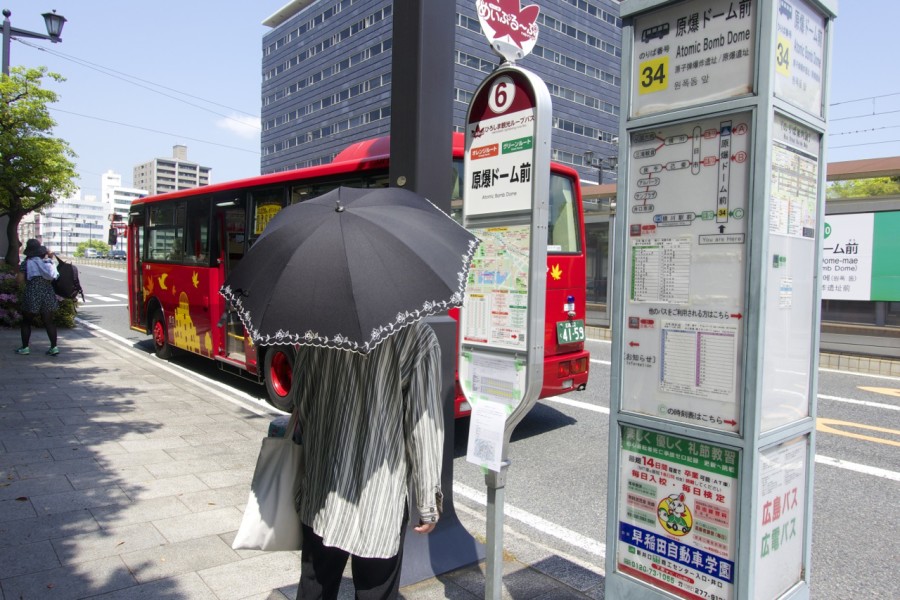
Yanai Day Trip from Iwakuni
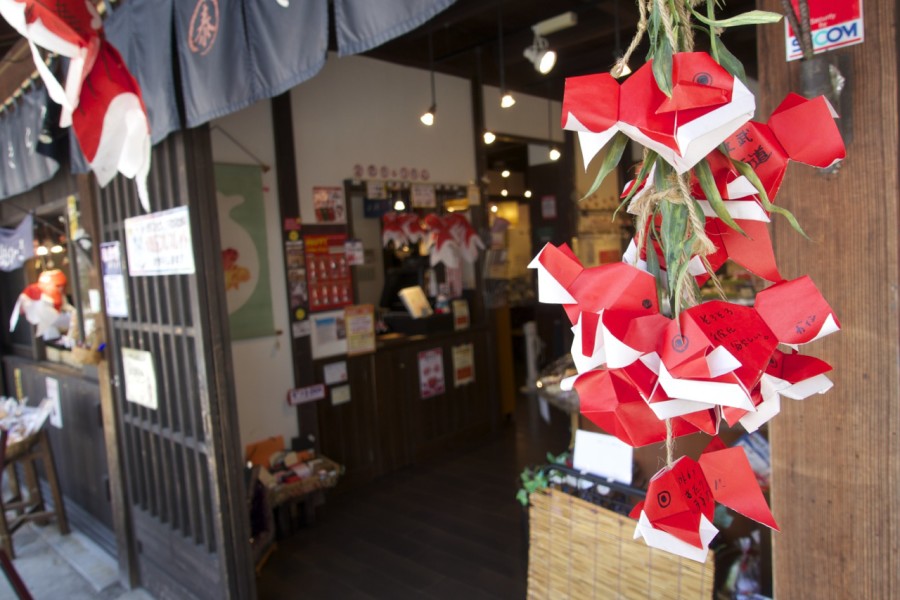
Yanai is a town just over an hour’s drive from Iwakuni. As long as you avoid the expressway, you’ll get some great scenery along the way, whether through the mountains and rice paddies or along the coast.
Although off-the-beaten tourist path and not particularly accessible for non-Japanese speakers, we found it to be a nice stop.
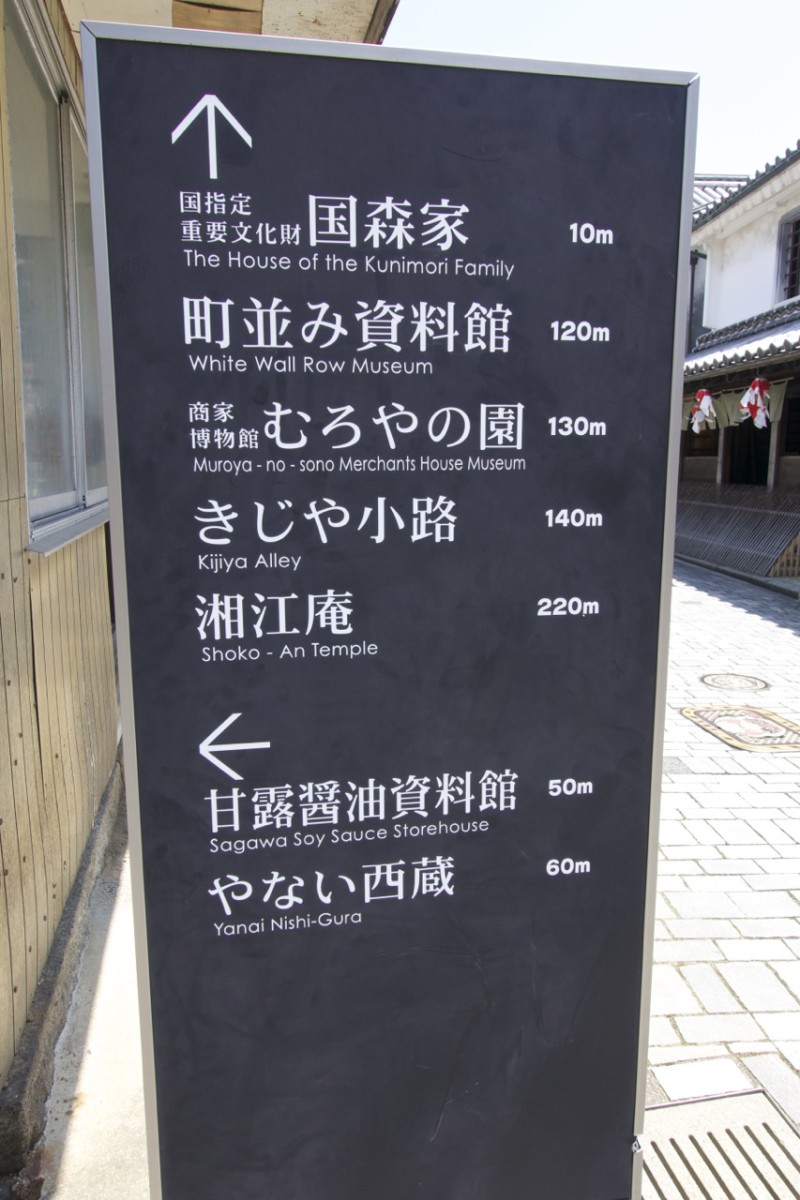
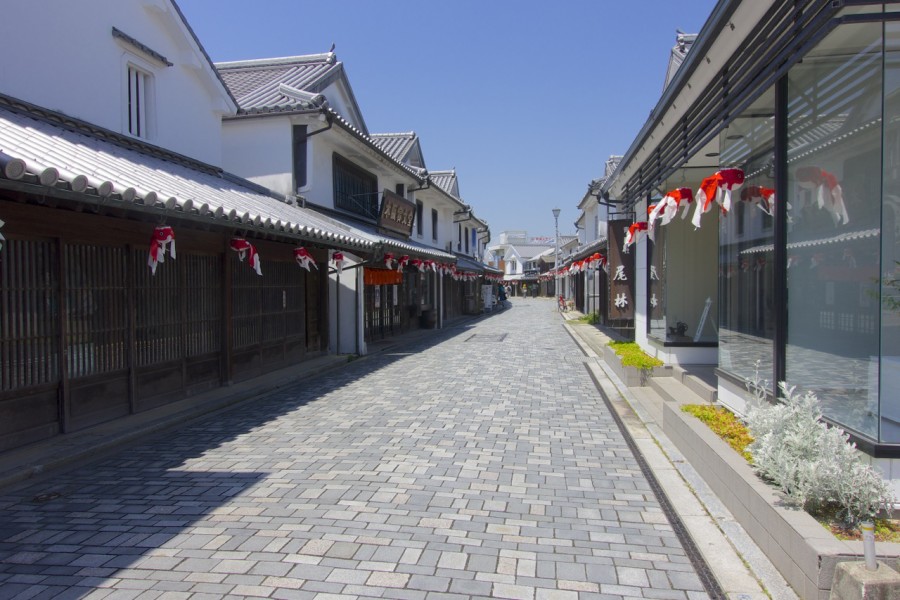
Yanai is known for its picturesque, white-walled old town (or, Shirakabe No Machi) from the Edo period.
Attractions are limited but include a few small museums in former merchant residences, a handfull of shops, and the Sagawa Soy Sauce Brewery.
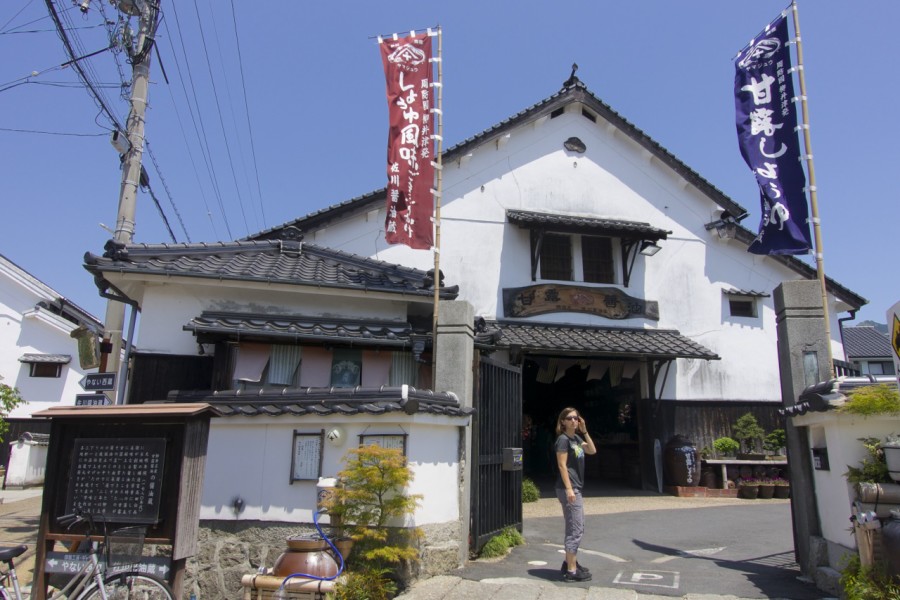
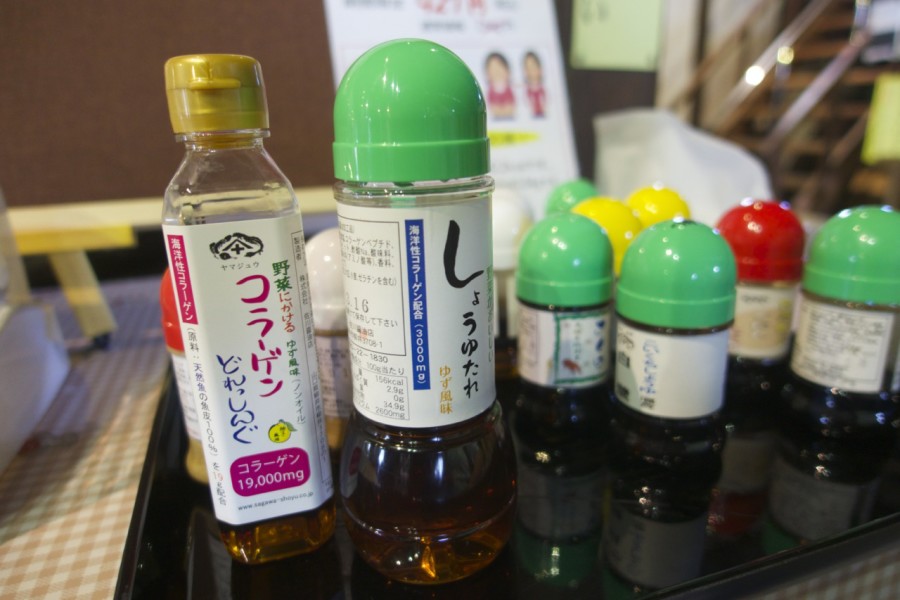
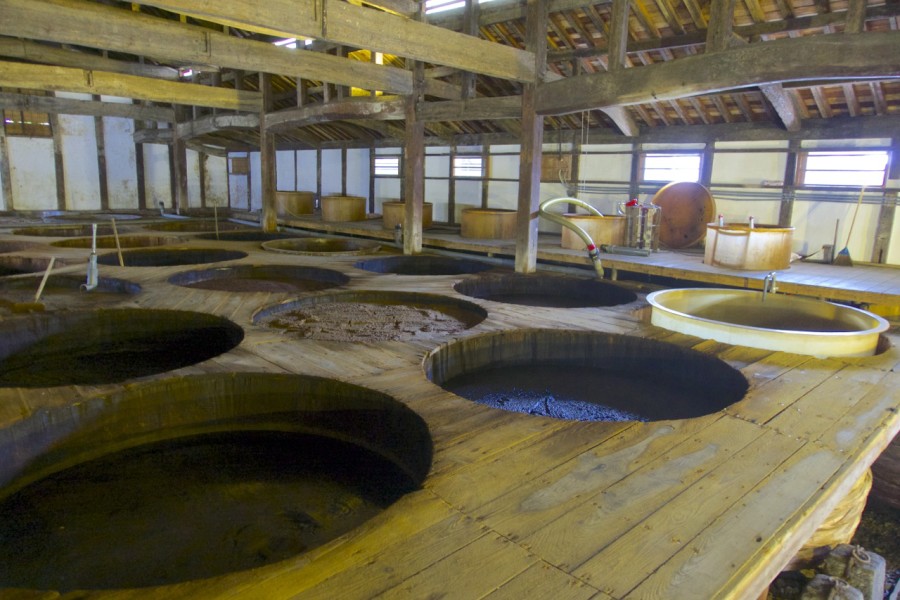
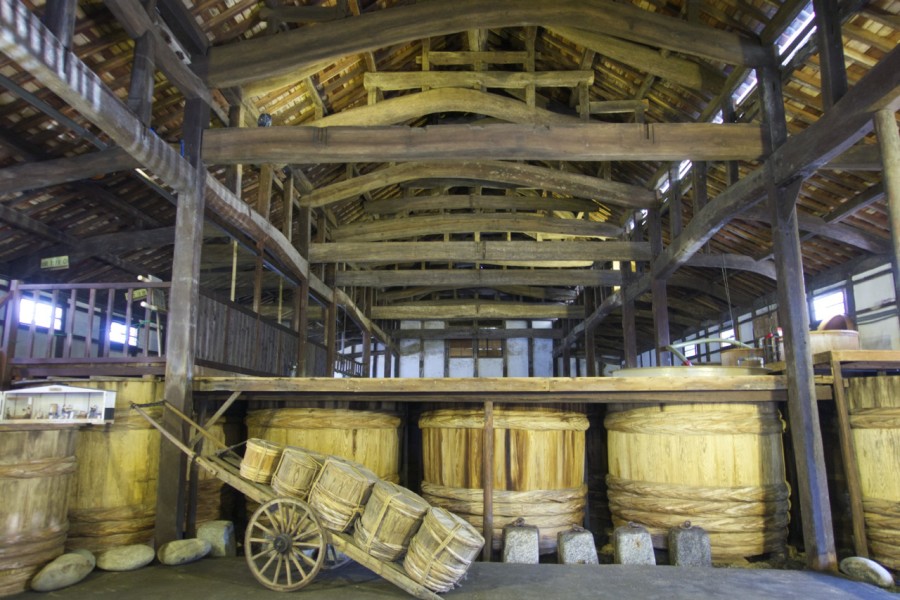
We had a delicious lunch in town at Shinatora Ramen, which was packed with locals during the lunch hour.
From the same parking lot, we saw the Hoshi Fruit shop where we witnessed the exorbitant price of Japan’s top-grade melon: about $41 for one melon!
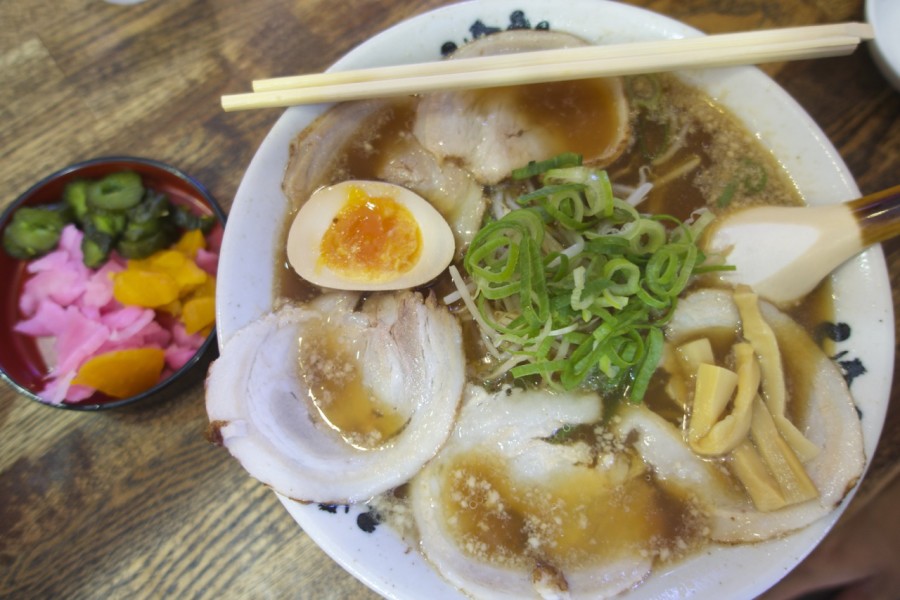
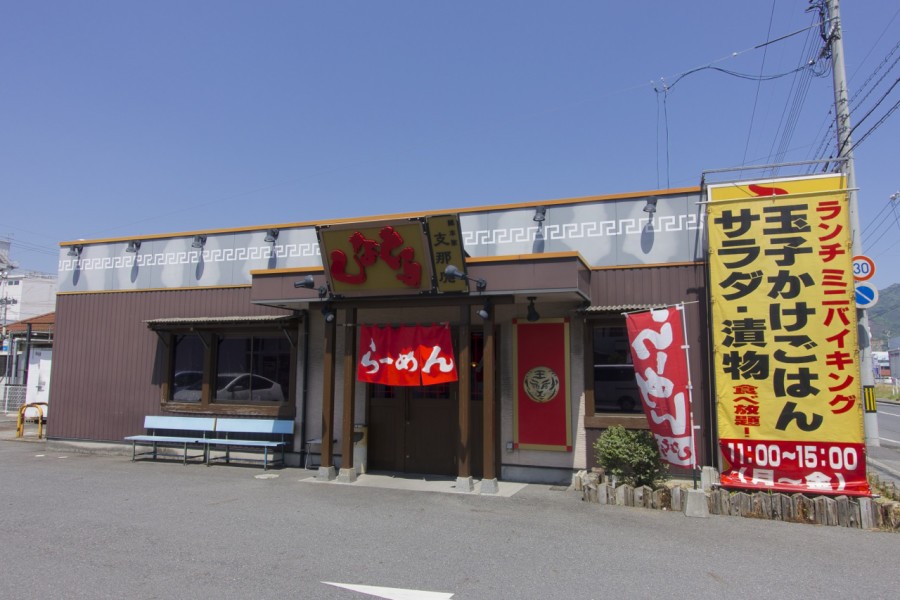
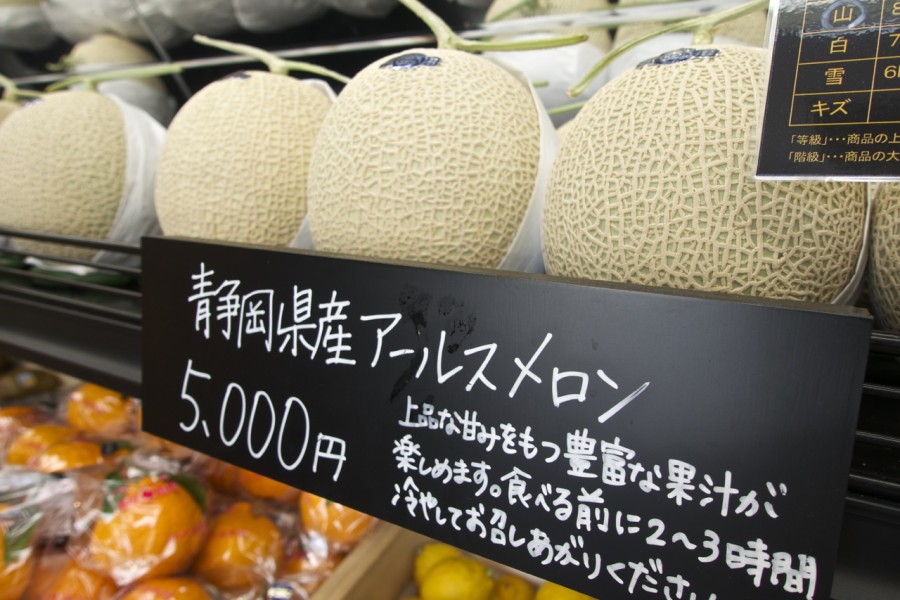
Our final stop on this day trip was the Yamaguchi Flower Land, just ten minutes North-West of town.
It’s the perfect place for a picnic on a beautiful day and a great spot to take young kids.
Miniature train rides, slides, live children’s music, indoor crafts, plant nurseries, a giant flower ferris wheel, restaurant, gift shop, and endless beautiful flower gardens can be found on the property. Entrance is just over $4.
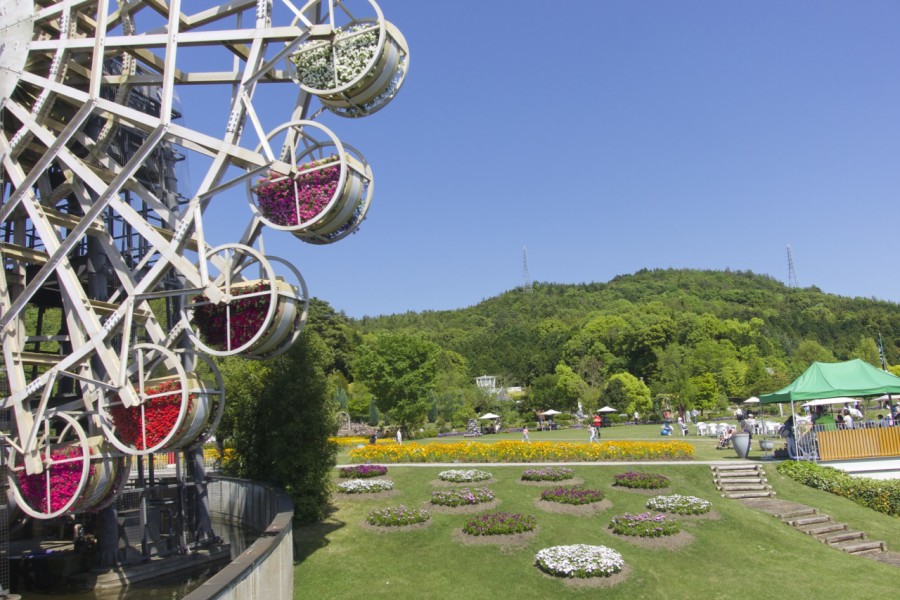
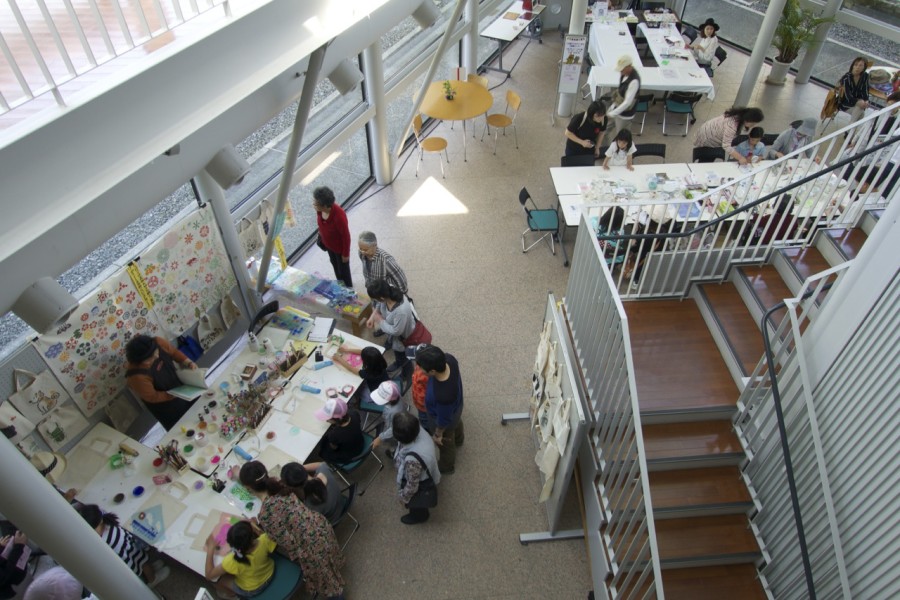
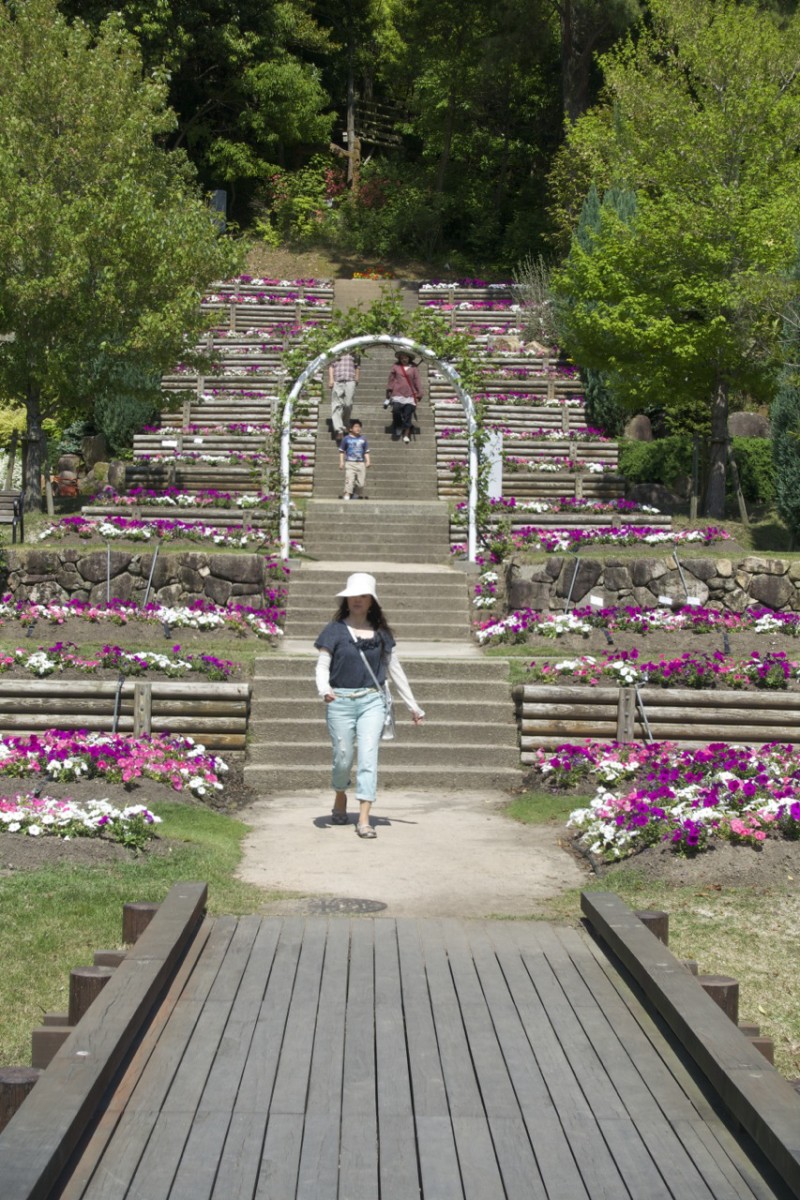
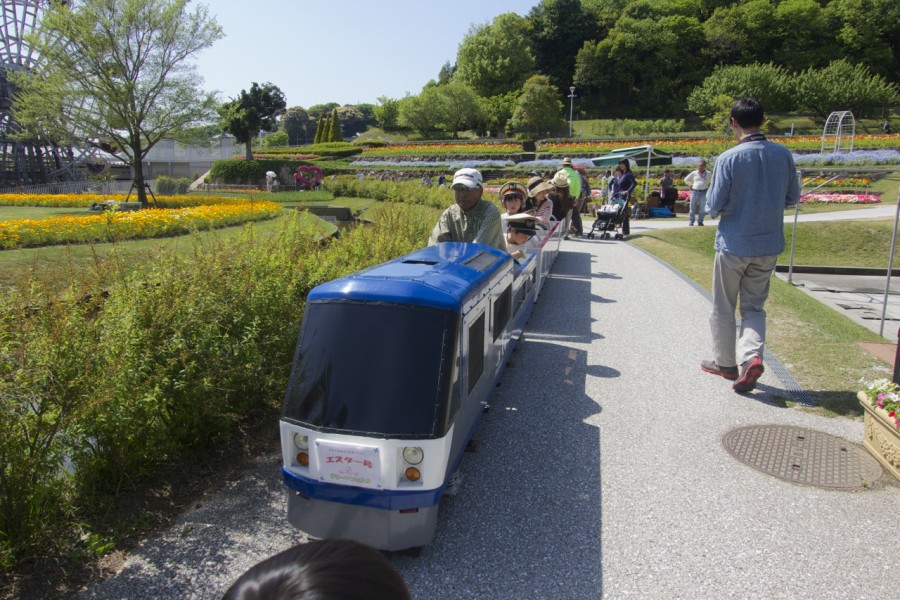

Sandankyo Gorge Day-Trip
We didn’t get around to it on this trip, but one of the other day-trips (or perhaps overnight trips) we hope to do next time is visit the Sandan-kyo Gorge.
Reports vary on whether the drive is 1 1/2 hours or 2 1/2 hours to this scenic valley in the mountains.
The Gorge Festival is the same day as the Kintai Bridge Festival, April 29, and marks the opening of hiking season and the ferry boat service there.
Other Iwakuni Tours and Activities
If you’ve been to Iwakuni, please share your favorite spots and travel tips for the area in the comments.
Disclosure: This post contains affiliate links. If you make a purchase through one of our links, we may receive a small commission, at no additional cost to you. Thanks for your support!
Going to Iwakuni? Take this article with you as your guide!
Upload the article for free to your phone with the GPSmyCity app.
You can also upgrade to get an offline GPS map that guides you to each location we mention. Or subscribe to access all articles and maps for a full year.
What travel restrictions and rules are in place in Japan?
Find post-pandemic travel updates for Japan here:
What you need to know about Japan travel right now
✈️ Protect your Iwakuni, Japan trip with Travel Insurance – We’ve started using Nomad Insurance by Safety Wing for affordable evacuation, international medical, and trip coverage.

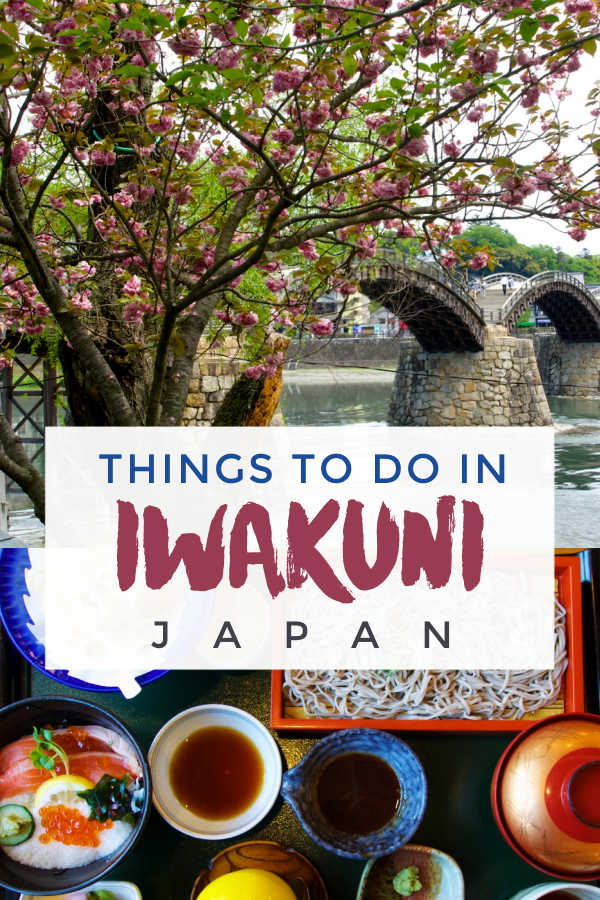
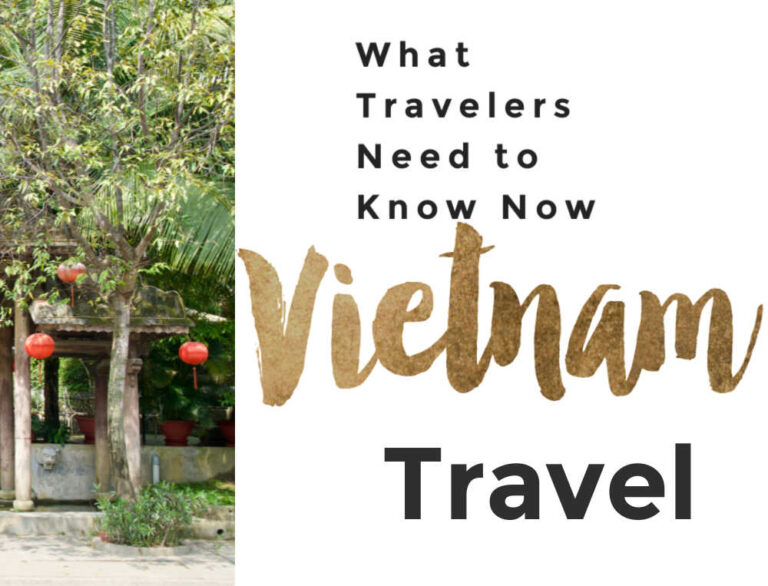
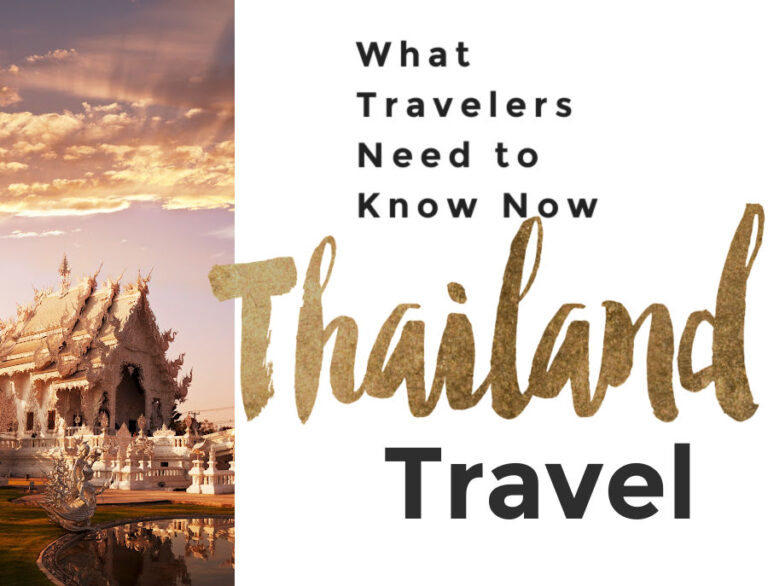
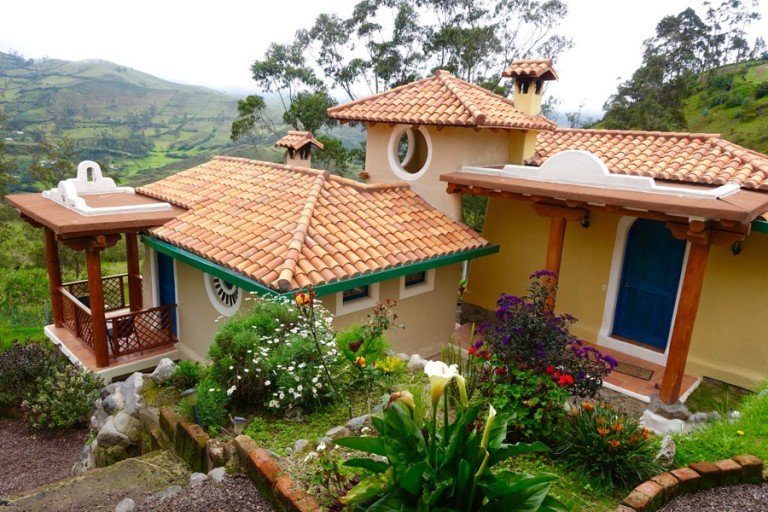

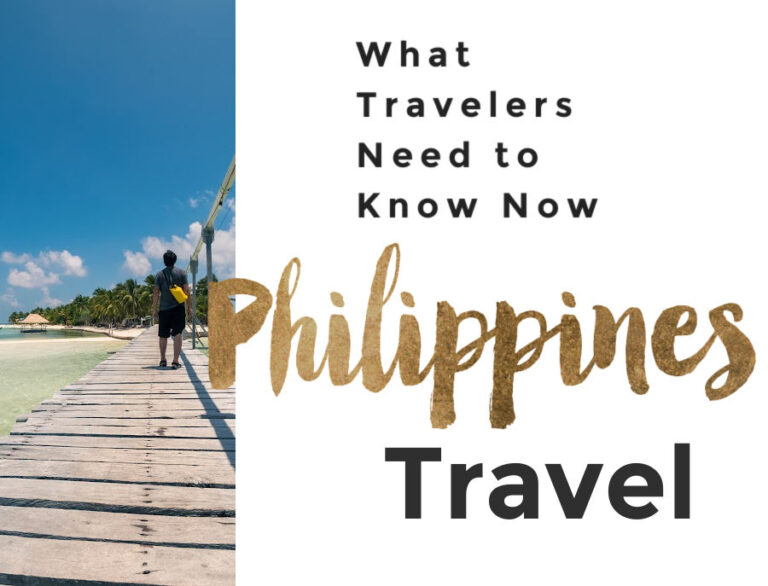
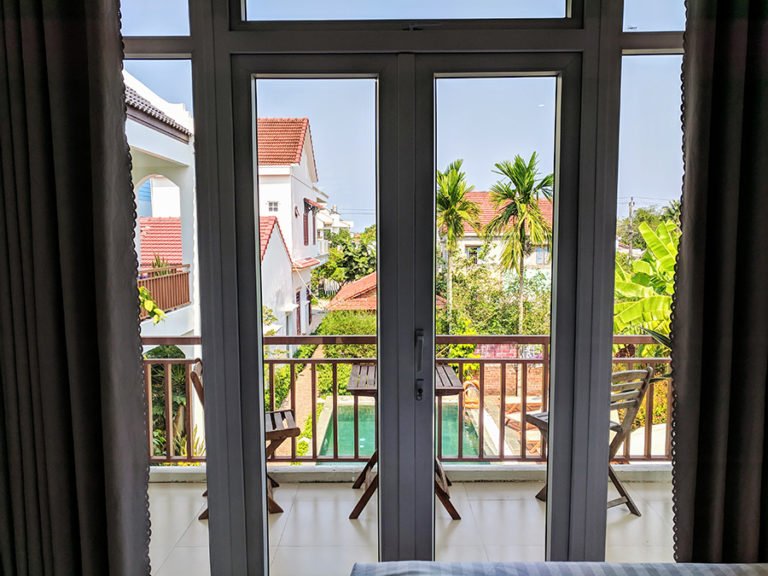
Konichiwa! I love this guide. We are here in Iwakuni for 3 weeks and plan on going to each place listed. Thanks for the amazing details!
Thanks! Enjoy Iwakuni, and please let us know if you have anything we should add to our list. We’ll be back visiting family in December.
-Michelle